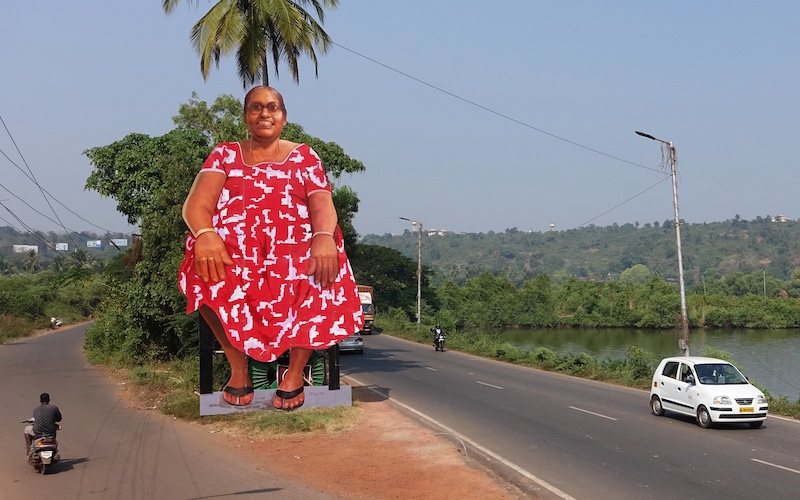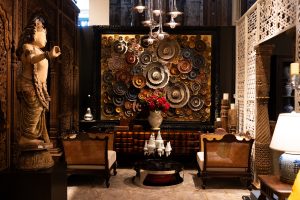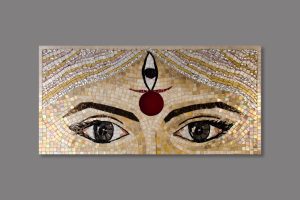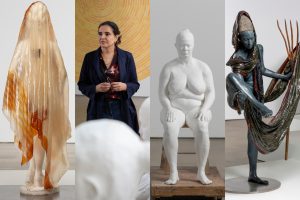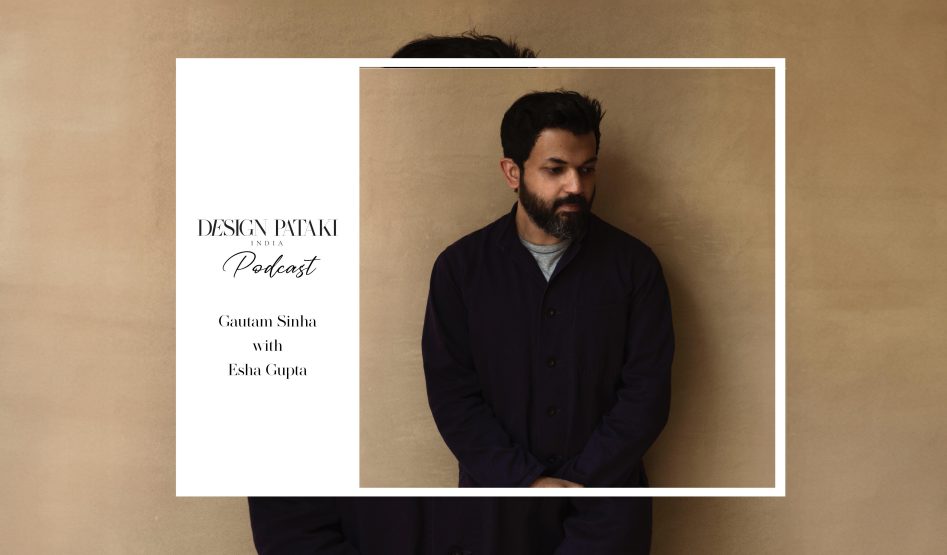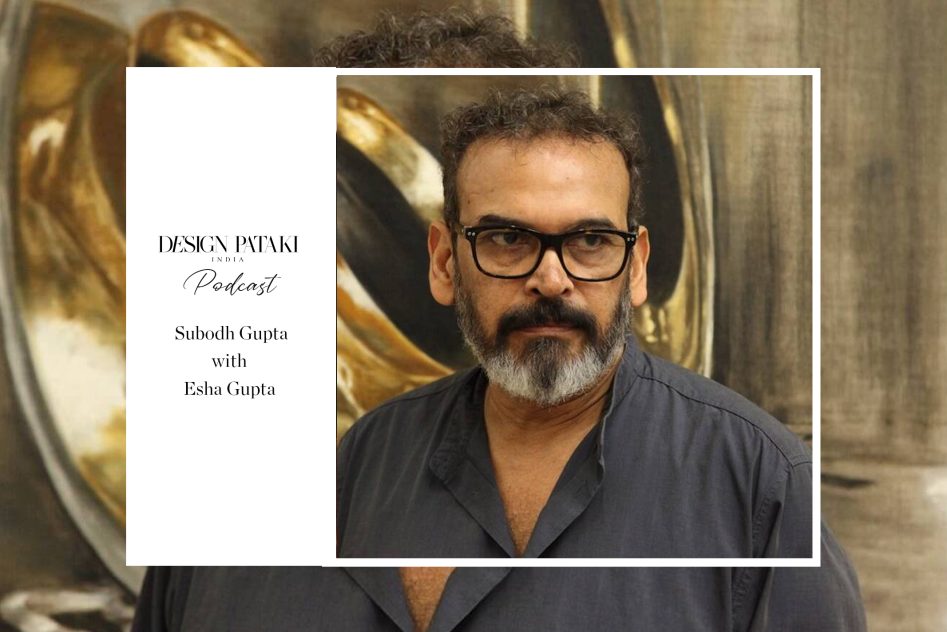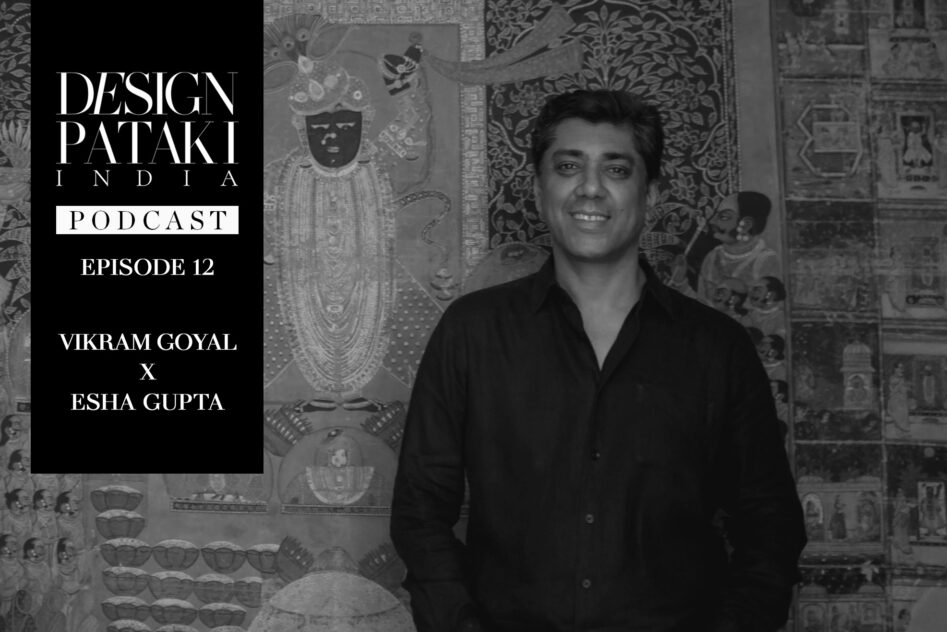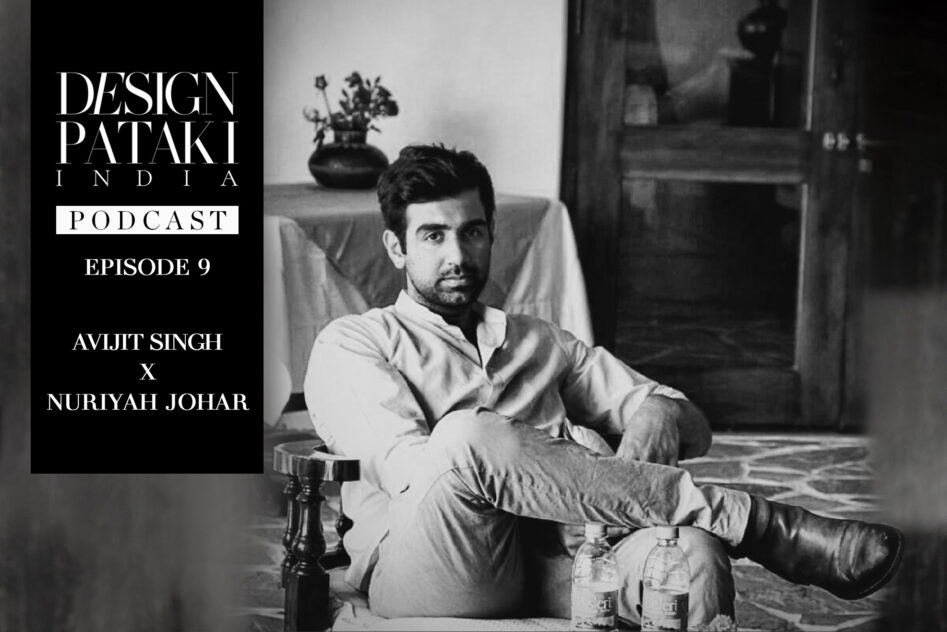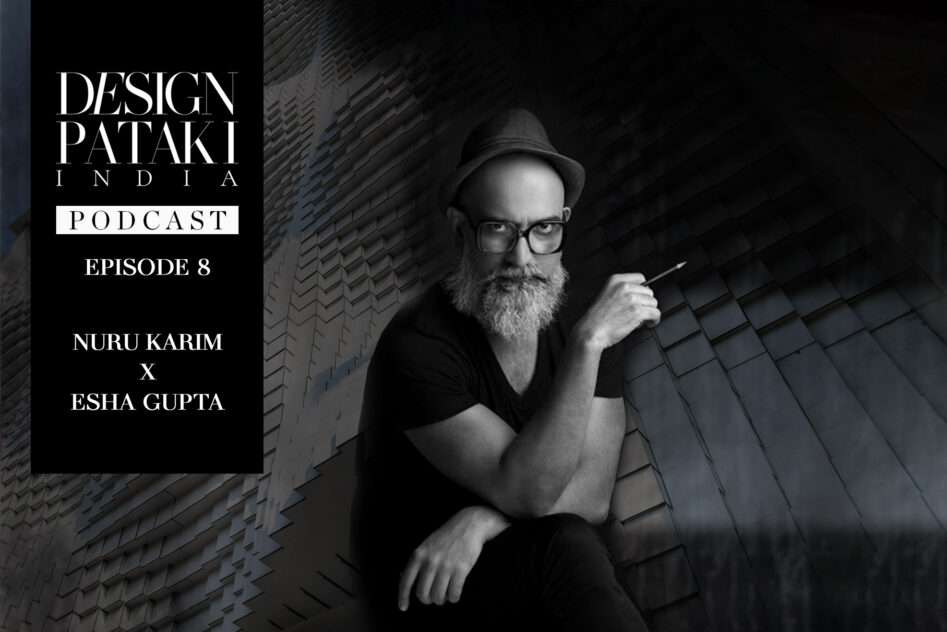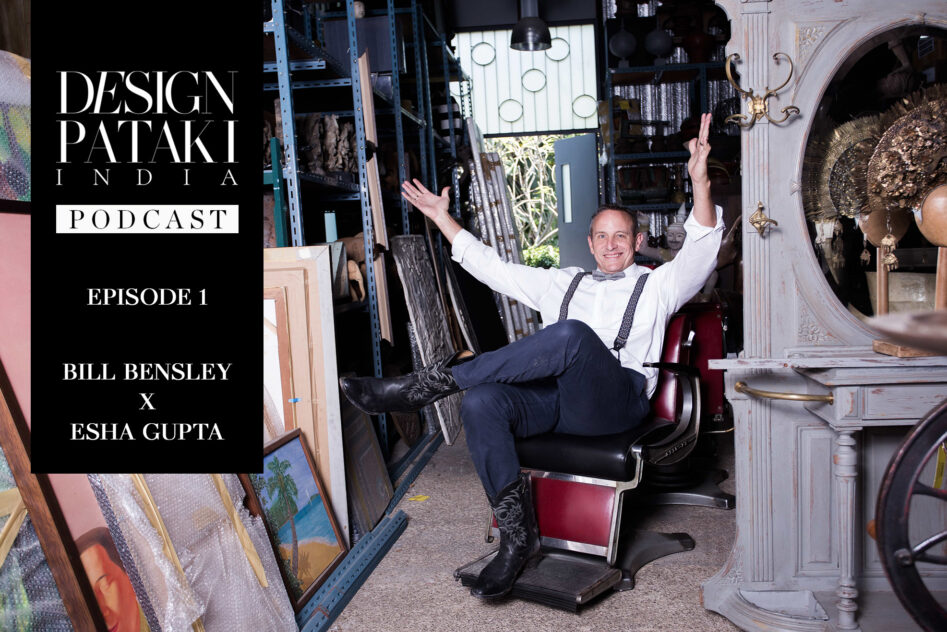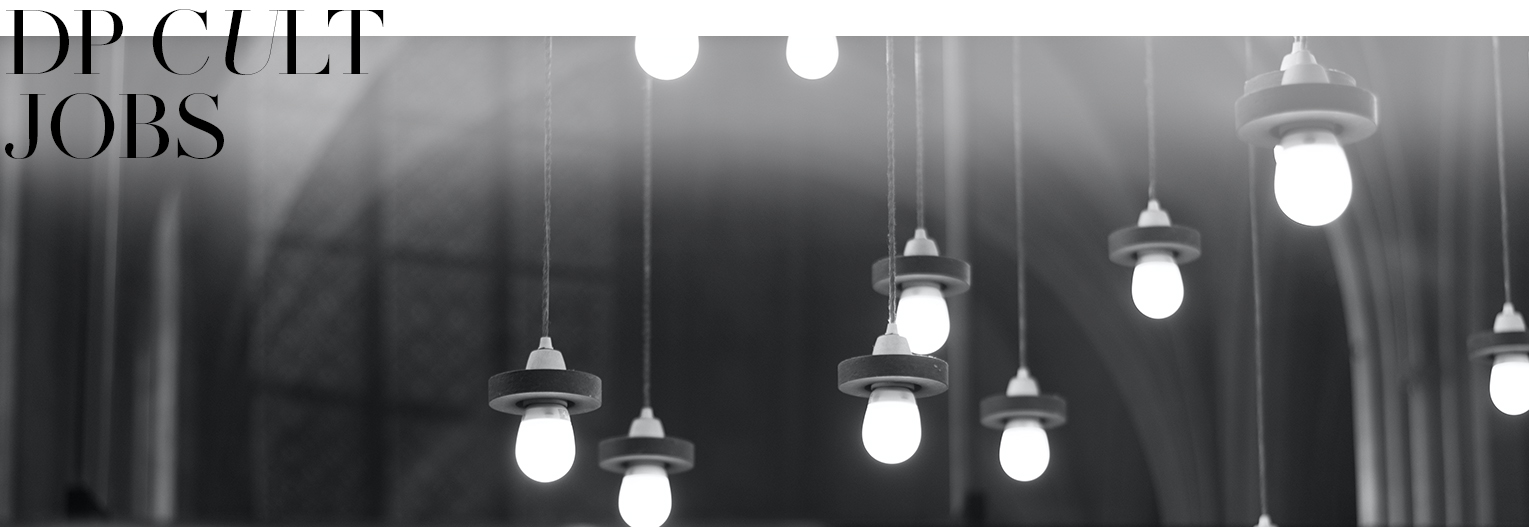Hanif Kureshi (1982-2024): A Trailblazer In The Indian Public Art Movement
In memory of Hanif Kureshi, a visionary street artist whose murals transformed urban landscapes into important narratives of culture and social consciousness.
- 24 Sep '24
- 5:22 pm by Virender Singh
In recent years, Hanif Kureshi’s focus evolved toward a profound exploration of the transience of time. This was evident in a light-sensitive mural at the India Art, Architecture, and Design Biennale, where stylised words cut from semi-metallic sheets interacted with the sun throughout the day. As the light shifted, the shadows of the words transformed, symbolising the passage of time and the ever-changing nature of our realities. This dynamic interplay invited viewers to reflect on their own experiences and the fleeting moments that shape our lives.
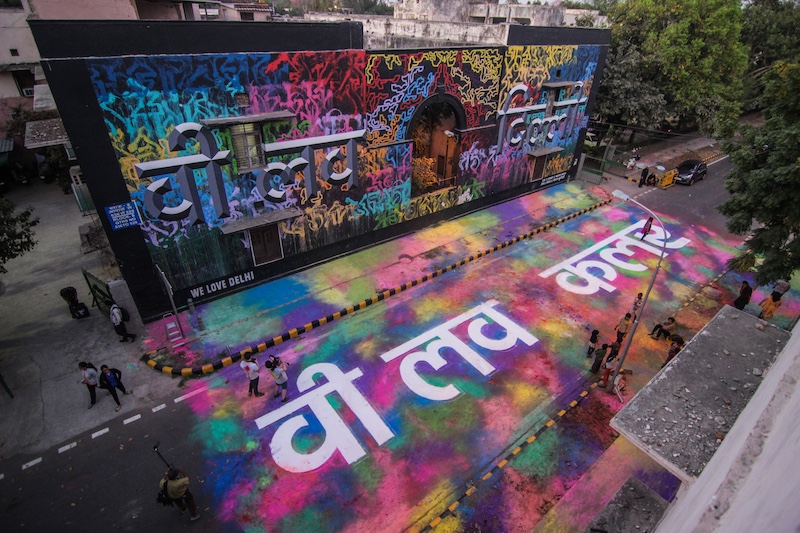
Rejecting the elitism often associated with fine art confined to galleries, Kureshi championed a democratic vision that sought to touch lives, infusing the monotony of everyday existence with glimpses of the extraordinary. In many ways, the impermanence of time mirrored his journey, foreshadowing the reality of his untimely passing at the age of 41.
A Robin Hood of Social Commentary
Born in 1982 in Talaja, Gujarat, Hanif Kureshi’s artistic journey unfolded amidst a rich urban tapestry filled with stories waiting to be told. Rumoured to go by the enigmatic alias of DAKU, Kureshi’s graffiti and large-scale murals emerged as powerful satirical critiques of society. His art fearlessly confronted the widening wealth gap, bureaucratic negligence, and pressing environmental crises, particularly the alarming depletion of groundwater reserves in cities like Chennai. Each piece served as a call to action, inviting onlookers to confront uncomfortable truths and engage in meaningful dialogue about the pressing challenges of our time.

As Kureshi’s perspective evolved, his initial enchantment with the role of a sign painter opened his eyes to a troubling transformation in the visual landscape around him. Traditional signage, once a dynamic expression of culture, has been replaced with gaudy and synthetic alternatives that lack authenticity. This stark shift fueled his passion to document and preserve vernacular scripts, ensuring that future generations don’t lose touch with their cultural heritage. Through his acclaimed Hand Painted Type Foundry, he aimed to archive and digitise the artistry of street sign painters, safeguarding a vital aspect of India’s rich legacy.
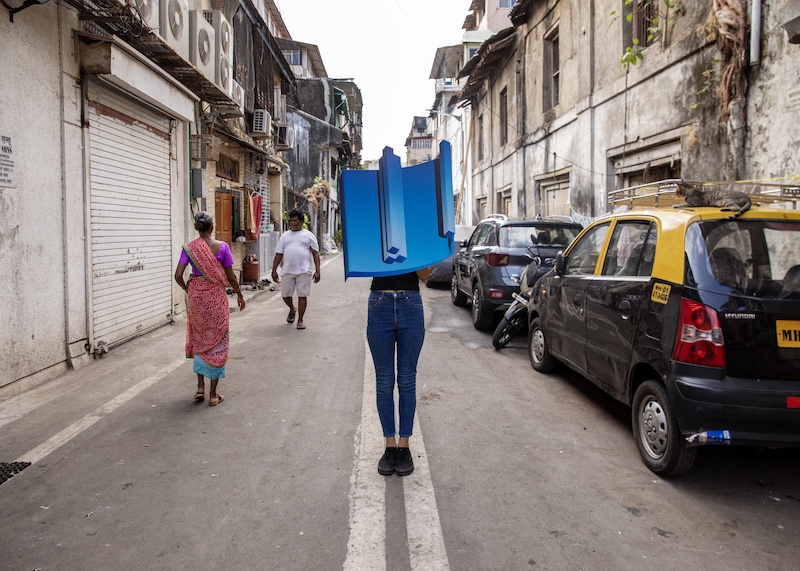
S+arting A Street Revolution
In 2014, Kureshi co-founded St+art India, a movement dedicated to transforming public spaces into lively canvases for artistic expression. Under his visionary leadership, the initiative has successfully transformed over 330 walls across eight cities and collaborated with more than 300 artists. Projects like the ‘Art in Transit’ initiative and the Sassoon Dock Art Project infused urban landscapes with art that spoke directly to the community, urging people to engage with their surroundings and address pressing socio-political issues.
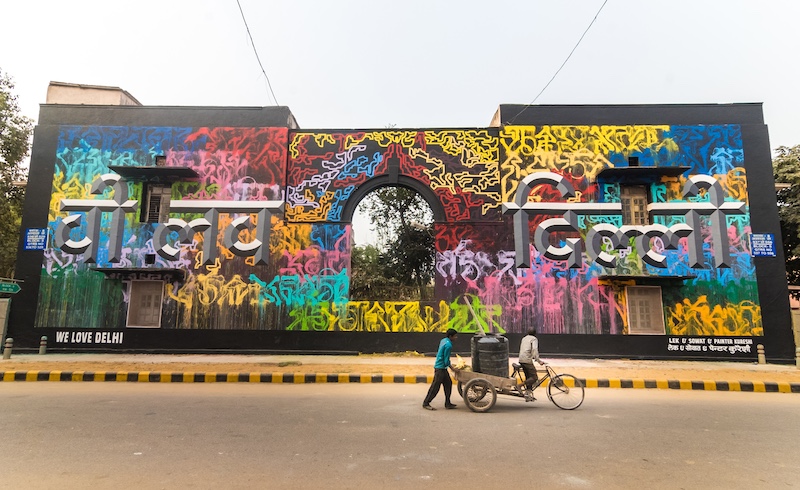
In early 2015, Kureshi and St+art India partnered with Asian Paints to create India’s first public art district in Lodhi Colony, now recognized as a vibrant landmark in the capital. His belief that art should thrive outside the confines of galleries was evident in this initiative, breathing life, and colour into everyday existence.
Also Read: Gaetano Pesce (1939-2024): A Legacy Of Fearless Design Exploration
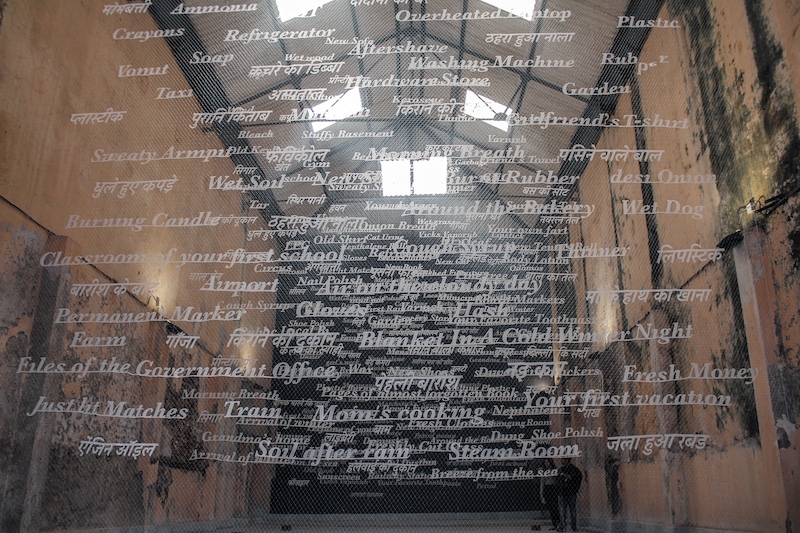
Rummaging Through The Vaults Of Time
As we reflect on the legacy of Hanif Kureshi, we remember not just the artist but the visionary who used his work to challenge us to engage with the world compassionately and thoughtfully. His exploration of time and its fleeting nature resonates deeply now, reminding us of the fragility of life. Kureshi’s murals will continue to inspire future generations, urging us to engage with our environment and each other with curiosity and empathy—a legacy that will forever enrich the streets of India, testifying to the transformative power of art.
Also Read: The St+art India Foundation Wave
